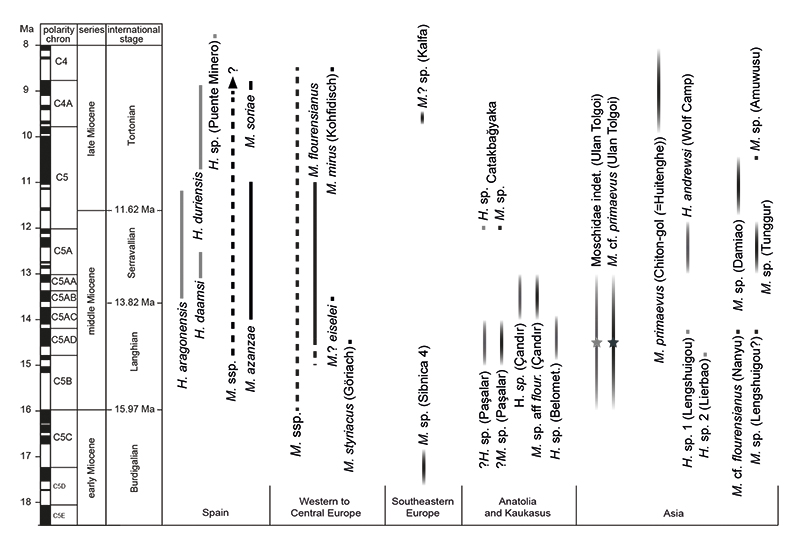FIGURE 1. Geographic position (1) of Mongolia (black) in Asia (light grey) and (2) of the Ulan Tolgoi locality (black square). (3) Photo of the Ulan Tolgoi locality (shot by GDH in 08/2015).

FIGURE 2. Moschidae specimens from Ulan Tolgoi (Mongolia, early middle Miocene). Moschidae indet.: right m1? from UTO (NHMW 2001z0120/0002) in labial (1), occlusal (2), and lingual (3) views; right p4 from UTO-A/5 (NHMW 2001z0119/0001) in labial (4), occlusal (5), and lingual (6) views; right p2 from UTO-A/6 (MPC/0192/0001) in labial (7), occlusal (8), and lingual (9) views; M. cf. primaevus: left m3 from UTO (NHMW 2001z0120/0001) in labial (10), occlusal (11), and lingual (12) views; 3, 6, and 9 are mirrored pictures. Scale bar is 10 mm. (13) dental nomenclature of the lower molar: Ci, anterior cingulid; Ec, ectostylid; En, entoconid; End, entoconulid; Hy, hypoconid; Hyd, hypoconulid; Me, metaconid; Med, metastylid; PF, “ Palaeomeryx fold”; Pr, protoconid. (14) dental nomenclature of the lower premolar: AC, anterior conid; AS, anterior stylid; MaC, mesolabial conid; Mic, mesolingual conid; PaC, posterolabial conid; PiC, posterolingual conid; PS, posterior stylid; TC, transverse cristid.

FIGURE 3. Dental measurements of the different Micromeryx and Hispanomeryx species and the Mongolian specimens. Blue diamond, Mongolian specimens; red square, H. andrewsi; green square, H. daamsi (minimum and maximum values only); purple square, H. aragonensis; orange square, H. duriensis; purple circle, M ? eiselei; light blue circle, M. flourensianus; red circle, M. mirus; orange circle, M. soriae; yellow circle, M azanzae; green circle, M. styriacus; black circle M. sp. from Sibnica (data from Thenius, 1950; Morales et al., 1981; Azanza, 1986; Vilsobokova, 2007; Sánchez and Morales, 2008; Sánchez et al., 2009; Sánchez et al., 2010; Sánchez et al., 2011; Alaburic et al., 2016; Aiglstorfer et al., 2017; personal observation).

FIGURE 4. Comparison of tooth row length in Moschidae indet. and Micromeryx cf. primaevus (data from this study) with other Moschidae. Hispanomeryx: calculated from more complete toothrows of Hispanomeryx duriensis (EL-1, EL-4-5) and H. andrewsi (AMNH 92287, AMNH 92267, AMNH 92268, AMNH 26499) (data from Morales et al., 1981 and Sánchez et al., 2011); as only maximal and minimal values were published for Hispanomeryx daamsi, the taxon was not included). Micromeryx: calculated from more complete toothrows of Micromeryx azanzae (TOR 3B-3, MPZ 2006/424, MPZ 2006/428, MPZ 2006/432, MPZ 2006/433; data from Sánchez and Morales, 2008), Micromeryx flourensianus from Sansan (MNHN Sa 2952, MNHN Sa 3807, MNHN Sa 10963, MNHN Sa 2954, MNHN Sa 2955, MNHN Sa 2957, MNHN Sa 9773; own data) and Micromeryx flourensianus from Steinheim am Albuch (GPIT/MA/2155, NMB Sth 804 [65], SMNS 42925, SMNS 46115, SMNS 46123, NMB Sth 694; own data and data from Aiglstorfer et al., 2017). Moschus: calculated from Moschus moschiferus (MNHN CG 1961 294, SMNS 1238, ZFMK 1997.666; own data). Hispanomeryx aragonensis (data from Azanza, 1986). Micromeryx ? eiselei (data from Aiglstorfer et al., 2017).

FIGURE 5. Stratigraphic range of the early to early late Miocene Moschidae (modified and complemented after Aiglstorfer et al., 2018).


